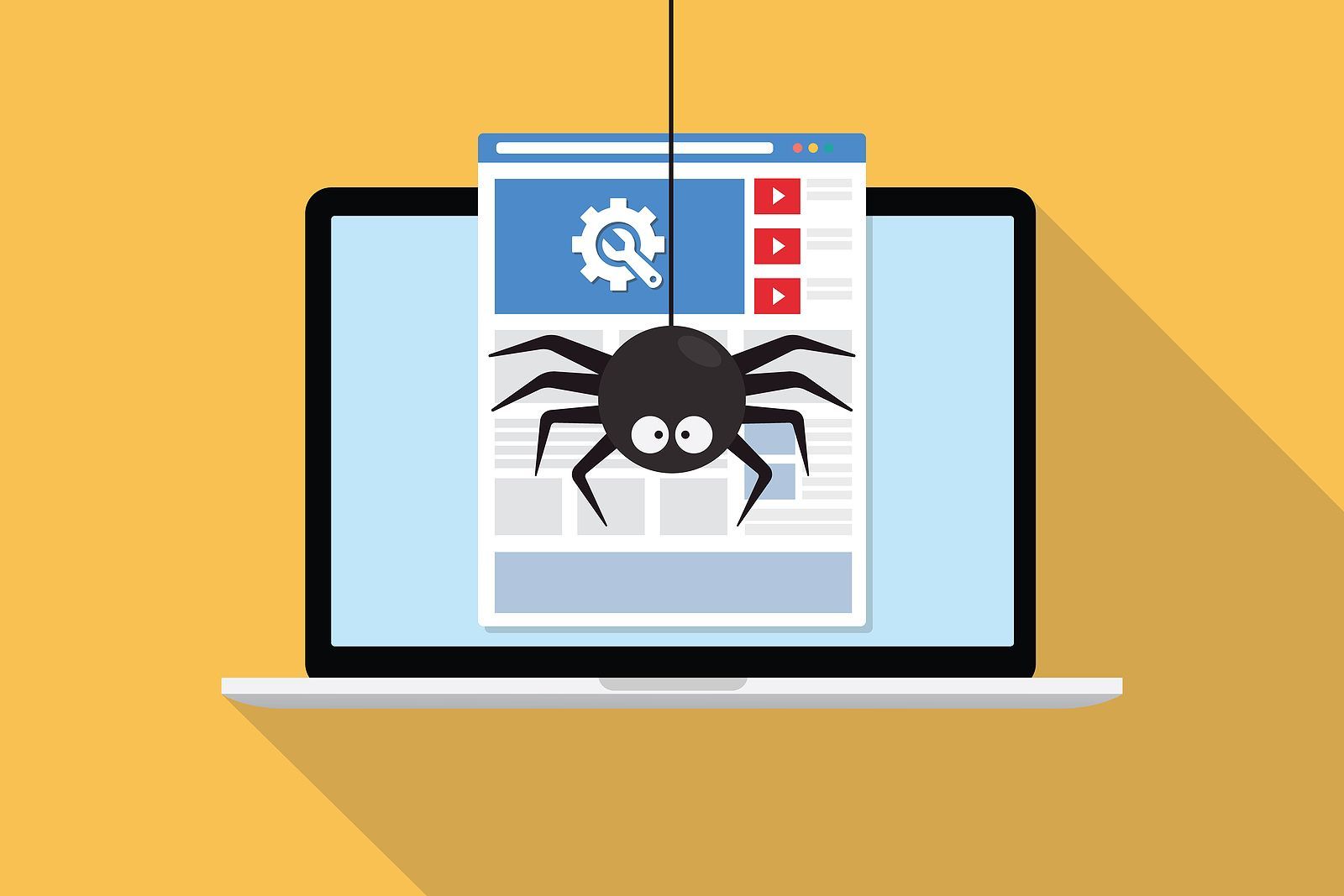SEO-Friendly Web Design: What Does That Really Mean?

When you think of web design, aesthetics might be the first thing that comes to mind. However, the functionality and visibility of your site are just as important as its looks. That’s where SEO-friendly web design comes in. A website built with search engine optimization (SEO) in mind ensures that search engines can find, crawl, and rank your pages effectively, while also providing a seamless user experience.
But what exactly does "SEO-friendly web design" mean, and how can you incorporate it into your website? Let’s break it down.

The Fundamentals of SEO-Friendly Web Design
1. Mobile Responsiveness
Google’s algorithms prioritize mobile-first indexing, meaning they primarily use the mobile version of a site for ranking purposes. A responsive web design ensures that your site adapts seamlessly to different screen sizes and devices. This not only improves user experience but also boosts your SEO performance.
Best Practices:
- Use a responsive framework or CSS grid system.
- Test your site’s mobile compatibility with tools like Google’s Mobile-Friendly Test.
- Avoid intrusive interstitials (e.g., pop-ups) that disrupt mobile browsing.
2. Fast Load Times
Website speed is a critical ranking factor. Slow-loading pages frustrate users and lead to higher bounce rates, which can negatively affect your rankings. Compress images, minimize code, and use caching to optimize load times.
Best Practices:
- Compress large images using tools like TinyPNG.
- Enable browser caching to store static resources locally.
- Use a content delivery network (CDN) to serve content faster to global audiences.
3. Clean and Crawlable Code
Search engines rely on code to understand your website. A clean, well-structured HTML and CSS layout allows bots to crawl your site more efficiently.
Best Practices:
- Use semantic HTML tags (e.g., , , , ).
- Avoid excessive use of JavaScript for essential elements.
- Check for crawl errors using Google Search Console.
4. URL Structure and Navigation
SEO-friendly URLs are descriptive, concise, and easy to read. Proper navigation helps users and search engines find their way around your site.
Best Practices:
- Use keywords in your URLs (e.g., "/services/seo-web-design" instead of "/page1").
- Avoid long, complex URLs with unnecessary parameters.
- Implement breadcrumb navigation to enhance the user journey.
5. Optimized Images and Alt Text
Images enhance the visual appeal of your site, but they need to be optimized for search engines. This includes using descriptive file names and adding alt text for accessibility and SEO.
Best Practices:
- Use descriptive, keyword-rich file names (e.g., "seo-friendly-web-design.jpg").
- Add alt text that describes the image and incorporates relevant keywords.
- Serve images in modern formats like WebP for faster load times.
6. Internal Linking
Internal links connect your site’s pages, helping users and search engines navigate your content. They also distribute link equity, which can boost the rankings of your important pages.
Best Practices:
- Link related blog posts and pages using relevant anchor text.
- Create a clear site hierarchy with categories and subcategories.
- Use a logical menu structure with accessible links.
Enhancing SEO Through User Experience
SEO-friendly web design isn’t just about pleasing search engines—it’s also about creating an enjoyable experience for your visitors. Here’s how user experience (UX) impacts SEO:
- Lower Bounce Rates: A well-designed site keeps visitors engaged, reducing bounce rates.
- Higher Dwell Time: Easy navigation and high-quality content encourage users to stay longer.
- Better Accessibility: Sites with clean layouts and logical structure cater to all users, including those with disabilities.
Common Mistakes to Avoid
- Ignoring Mobile Users: Failing to optimize for mobile devices can result in lost traffic.
- Using Non-Descriptive URLs: URLs like "www.example.com/page123" lack context and hurt SEO.
- Neglecting Alt Text: Missing alt text for images is a missed opportunity for optimization.
- Keyword Stuffing: Overloading pages with keywords can lead to penalties from search engines.
SEO-friendly web design is the foundation of a website that ranks well, attracts traffic, and keeps visitors engaged. By prioritizing mobile responsiveness, fast load times, clean code, and user-focused elements, you can create a site that pleases both search engines and users. Remember, a well-designed website isn’t just a visual asset—it’s a powerful tool for growing your business online.


★★★★★
Great to work with! Awesome experience! Highly recommended!
— Meri T
★★★★★
Knowledgeable, professional management and staff!
— Ben Ehrmantraut
★★★★★
The team at design wizards takes care of my website needs with ease. Very friendly and professional staff
— Mitch Lennick


